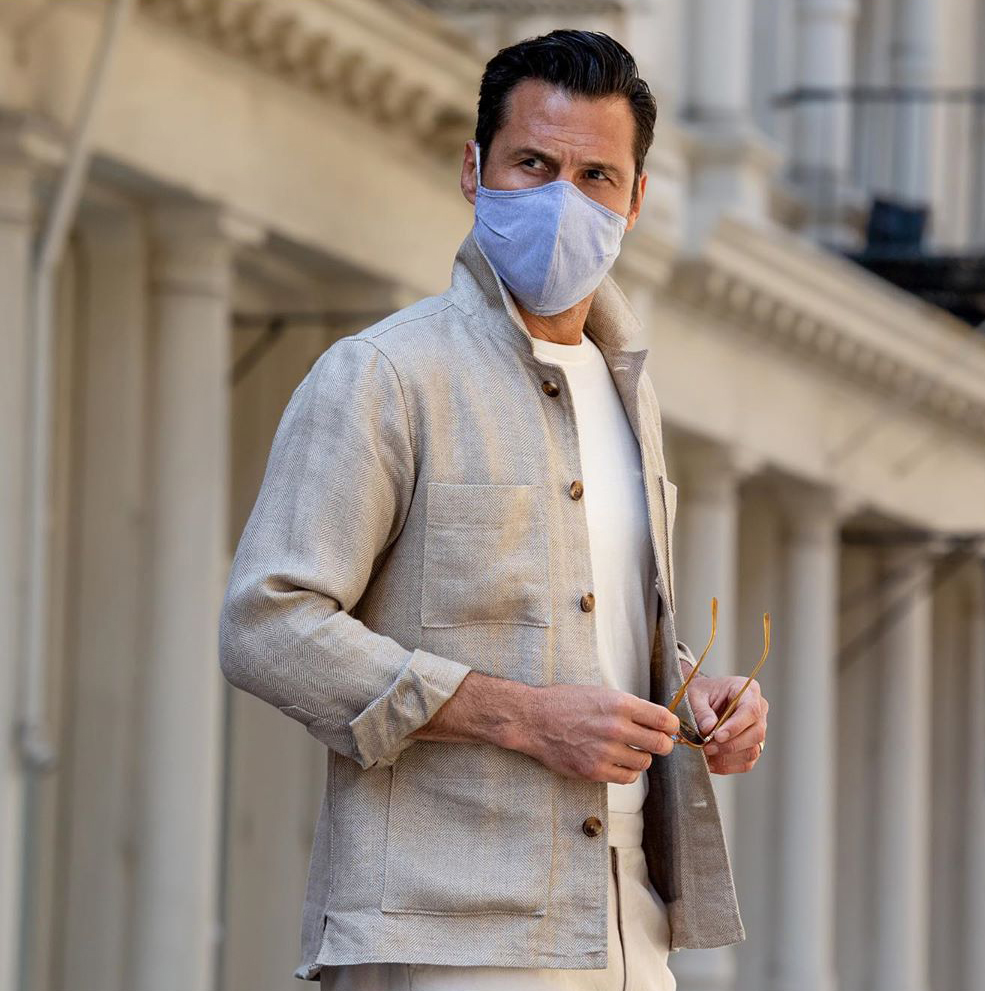
We couldn’t be more appreciative of our sponsors. As an independent menswear site, they’re the reason we’re able to keep the lights on. So, twice a month, we like to give them a special shoutout to recognize them for their support. Doing so also allows us to update our readers on our sponsors’ latest happenings.
Since they first introduced them about a month ago, Proper Cloth has sold almost 50,000 facial masks. This week, they’re partnering with retailers who will be stocking them in their stores. Additionally, Proper Cloth is preparing to make a huge 1:1 donation in the coming weeks. For every mask sold, the company is giving one away to essential workers and those in need.
Proper Cloth’s masks have been popular for a reason. On a basic level, the design is bigger. The sides cover almost your entire cheek, and the bottom wraps under your chin. Additionally, the company put a moldable metal nose bridge at the top, which you can use to press the masks more securely against your face. Together, these two features help close the gaps on the sides and top of the mask, which other designs leave open. Proper Cloth even offers their masks in two sizes — large and small — so they fit a broader range of face shapes.
Most importantly, Proper Cloth’s masks are made from three layers of material. The shell is constructed from smooth, pure cotton that’s treated with an antimicrobial finish. Between those two layers is a non-woven, state-of-the-art polypropylene filter. This material has a higher filtration capacity than standard cotton fabrics, which makes these masks more protective. In lab tests, they’ve been certified to filter more than 85% of particles sized 0.3 microns. Proper Cloth’s masks are a little more expensive at $25 each (or 3 for $50, 10 for $150, and 60 for $800). However, they’re washable and reusable. The company recommends handwashing them with soap and letting them air dry.
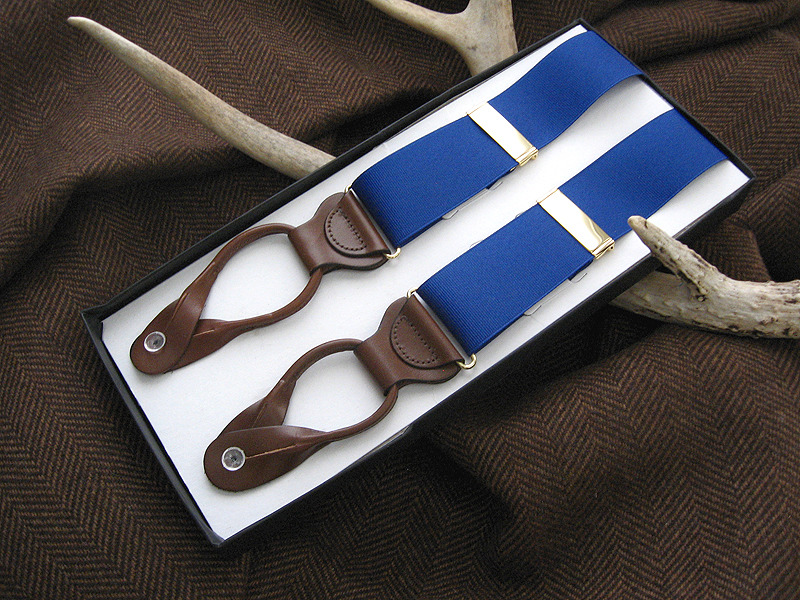
Over the last thirty years, suspenders have gone much in the way of hats. Once common in men’s wardrobes, they’ve become something of a relic of the past. Part of that has to do with how trousers have become increasingly low rise, thanks to designers such as Hedi Slimane and Alexander McQueen. But as men are rediscovering the virtues of higher-rise pants — which elongate the leg-line — suspenders make sense again (as they only really work with such silhouettes).
Why wear suspenders? For one, they’re more comfortable than organ-squeezing tourniquets. Since your waist expands when you sit, and return to its smaller circumference when you stand, belts are only comfortable in one of these positions. Suspenders, on the other hand, allow you to have a little extra room at the waistband to accommodate for these changes. Plus, they’re better at holding up your pants. Belted trousers tend to slip down throughout the day, which requires you to adjust them continually. With suspenders, you can set the desired length, put them on, and never bother with them again.
Chipp Neckwear has the most affordable ones around, at least if you’re looking for something well-made and produced in the USA. The price is $45.50, which –- much like the price of their grenadine ties -– is lower than their competitors. They offer 20 solid colors and three stripes, the choice of black or brown leather kips, as well as gold or silver-colored adjusters. For the next two weeks, they’re also offering a discount: you can get two pairs for $75 — a $16 reduction. In the comment section, write “Special Offer.” When the order is processed, the price will be reduced on your payment.
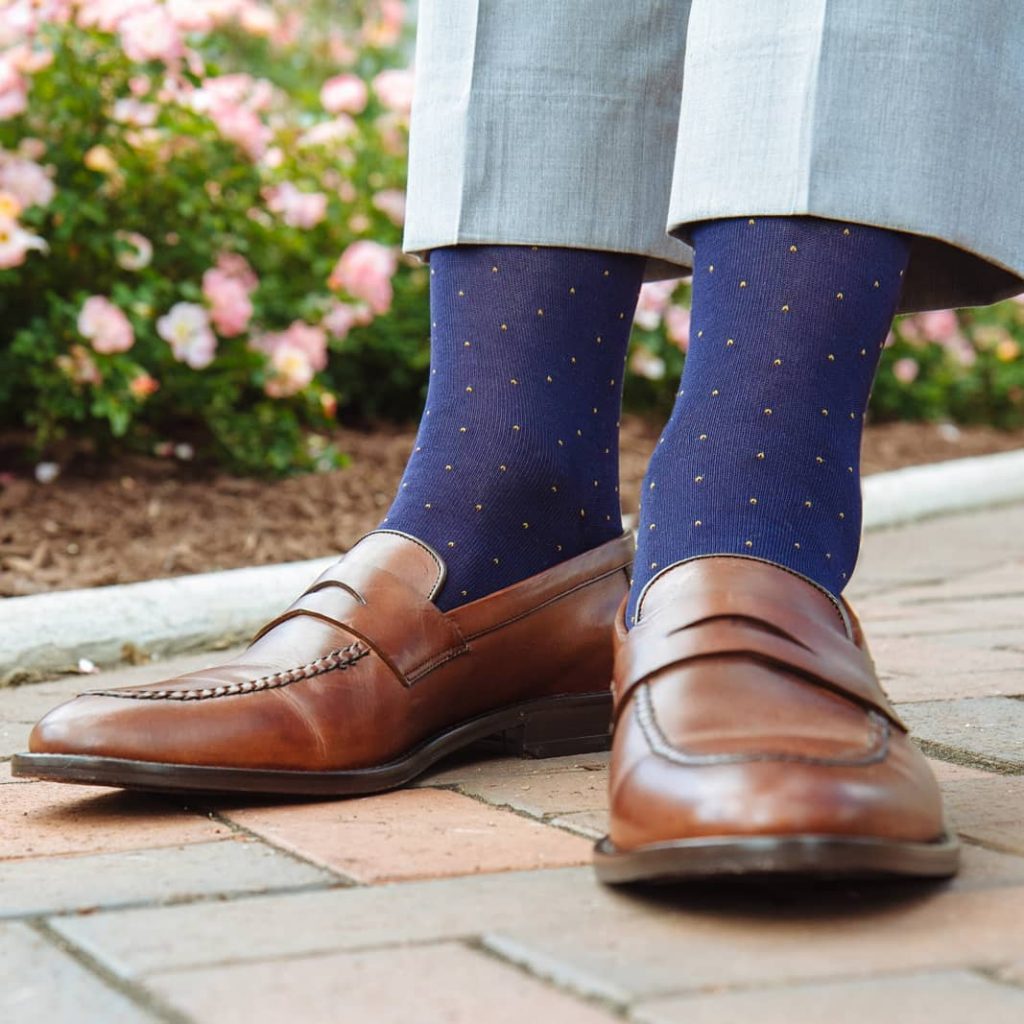
If you’ve never bought good dress socks before, paying more than a few bucks can sound crazy. After all, Hanes’ gym socks come in packs of 100 for just a few dollars.
The difference between high- and low-end dress socks, however, is all in the knitting and material. Lower-end dress socks are often thicker, scratchier, and pill more easily. Their yarns are spun from shorter fibers, which means they’re more likely to break and fuzz up. Companies often knit them too tight or too loose, which means you end up with marks around your calves or baggy socks near your ankles.
HIgher-end socks, on the other hand, are often softer, more durable, and made from quality yarns. Dapper Classics, for example, uses cotton yarns that have undergone a process known as mercerization, which improves the yarns’ strength, luster, and dye uptake. Their socks come in mid- and over-the-calf varieties. They’re also knitted in North Carolina. It’s a small family business committed to American manufacturing, as well as supplying customers with quality products at relatively affordable prices. Their socks, which retail for about $25, are a full $10 or so less than their European counterparts, but no less well made. When in doubt about what to get, purchase socks in a similar color to your trousers — tan socks for tan trousers, grey socks for grey trousers, and navy for everything.
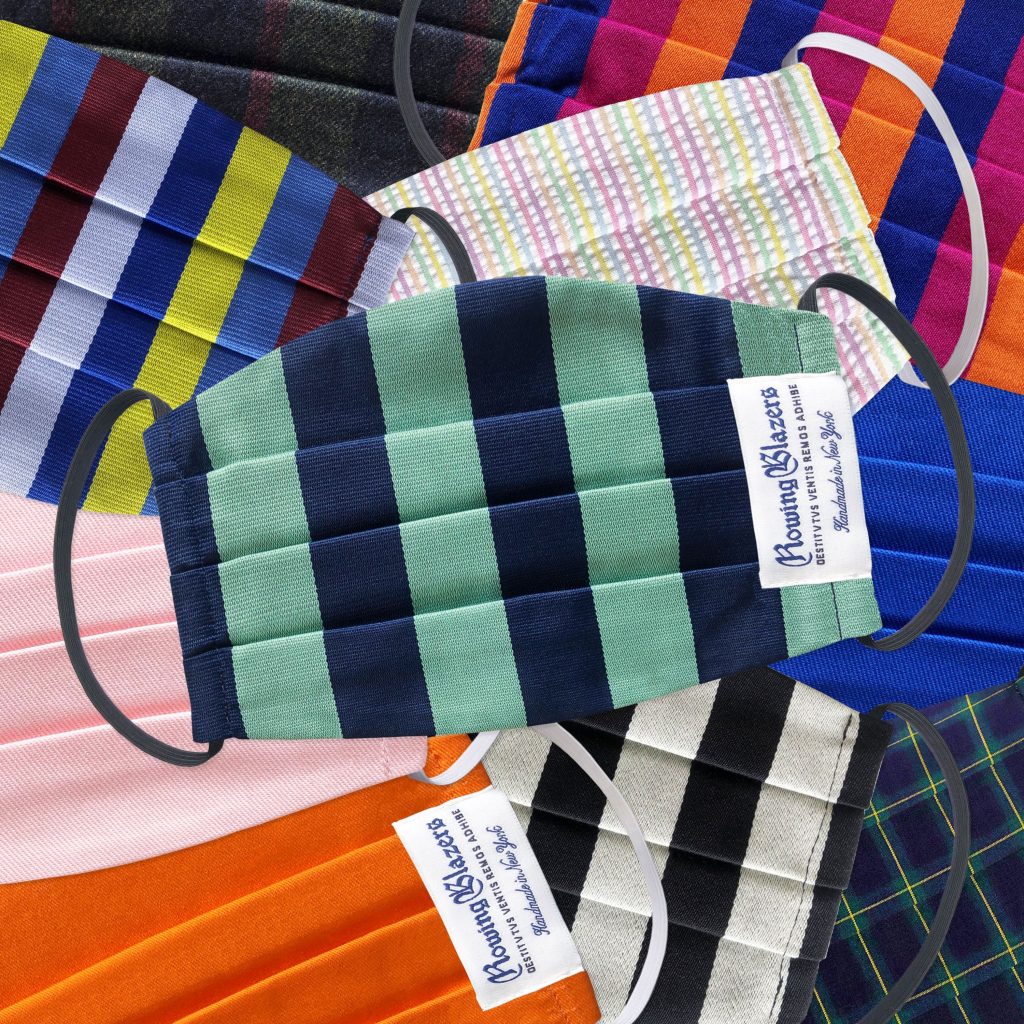
Rowing Blazers just received the fourth shipment of their facial masks, which are available now online. The brand is grateful for and humbled by all of the support and excitement surrounding the past two facial mask collections they’ve launched online. These masks are made in New York City’s Garment District using leftover scraps of blazer, suiting, and shirt fabric. They come in a range of colorful, preppy patterns and materials, such as Gordon tartan and various rugby stripes.
Rowing Blazers has undertaken other efforts to upcycle scraps of unused fabric in the past — using small pieces of “wastage” that would typically be thrown away after a production run to produce its American-made “End-of-the-Day” rugby shirt program. “I’ve always been a big advocate of using the leftover scraps of fabric from anything we make,” says Rowing Blazers founder Jack Carlson. “As someone who came into this industry from a completely different world (sport and academia), I was horrified to see how much waste the industry produces. So as soon as we had the green light to start making masks, I knew exactly what we were going to do.”
The company will continue to donate one mask to the NYC Food Bank for every mask they sell. They’re also continuing to donate 10% of all sales they make site-wide to Direct Relief. You can find the new delivery of their masks on their website. (Note, along with the masks, they also have some new baseball caps, which can come in handy if you, like me, really need a haircut these days.)
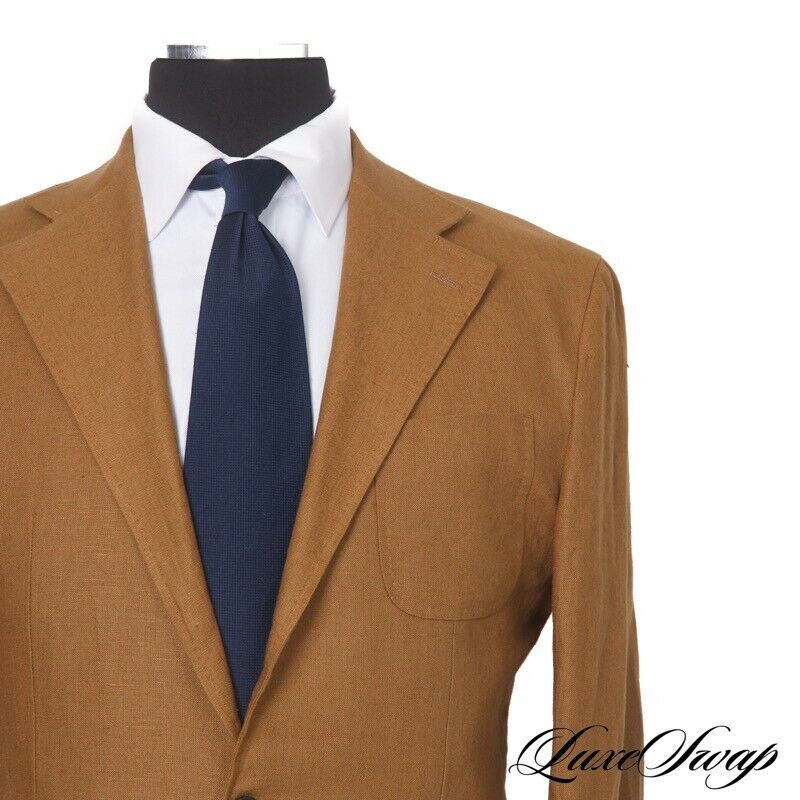
If you’re taking this time to clean out your closet, consider making a little money on the side. Our sponsor LuxeSwap is an eBay consignor for high-end clothing, shoes, and accessories. The system is pretty simple: you send them your unwanted clothes; they do all the hard work of listing things for you. That includes taking photos and measurements, putting up the listing, advertising the listing on their StyleForum thread, and shipping items out to customers. In return, they take a 40% cut of the profits, although you can lower than if you’re willing to take payment in the form of No Man Walks Alone store credit. Additionally, LuxeSwap will reimburse you for inbound shipping (they’ll cover 100% of the fees for inbound shipping within the United States and 50% for those abroad).
For those looking to add to their closet, LuxeSwap has some of the best deals on deadstock, overstock, and gently used clothes. This week, they have a bunch of Carmina boots, Epaulet trousers, and Eidos tailoring. This tobacco linen Spier & Mackay suit (pictured above) can be worn with G. Inglese polo shirts, tan Edward Green penny loafers, and a vintage Ralph Lauren belt. For a more contemporary, casual ensemble, try pairing Christophe Lemaire’s wool trousers with a Robert Geller bomber and an APC t-shirt.







